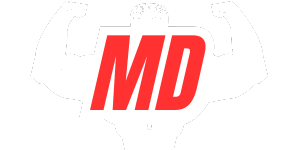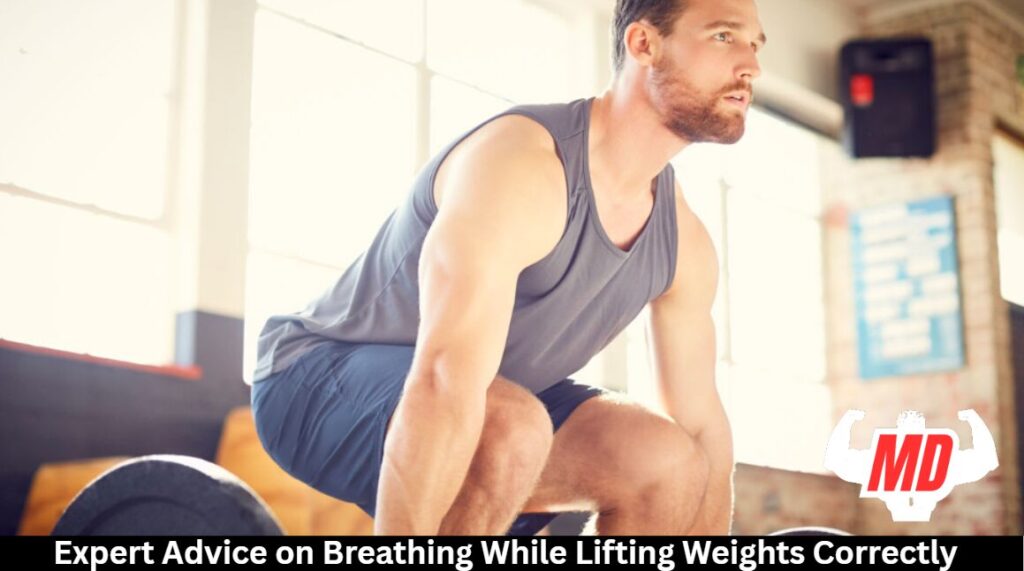You’ve probably felt that lightheaded sensation after lifting heavy weights. It’s often a sign you’re not breathing correctly. Proper breathing can make the difference between hitting your personal best and risking injury. Breathing isn’t just about getting oxygen. It’s a key part of how your body stays strong under pressure. The right breathing pattern helps stabilize your spine, boosts your power, and keeps your blood pressure in check when you’re pushing hard.
A lot of lifters ignore this piece of the puzzle, but once you dial in your breathing technique, you’ll be surprised at how much more weight you can handle and how much faster you make gains safely.
Understand Why Breathing Matters in Weightlifting
While many lifters focus solely on form and technique, proper breathing serves as the foundation for effective weightlifting. When you breathe correctly, you create intra-abdominal pressure that acts like a natural weight belt, protecting your spine during heavy lifts.
This internal pressure system greatly enhances core stability, allowing you to handle heavier loads while maintaining proper positioning safely. Your breath isn’t just for oxygen. It’s a performance tool that helps regulate blood pressure during intense efforts, preventing the lightheadedness that can occur when lifting.
Proper breathing also maximizes power transfer throughout your kinetic chain. When you coordinate your breath with movement patterns, you’ll notice improved force production and greater control during both eccentric and concentric phases of each lift.
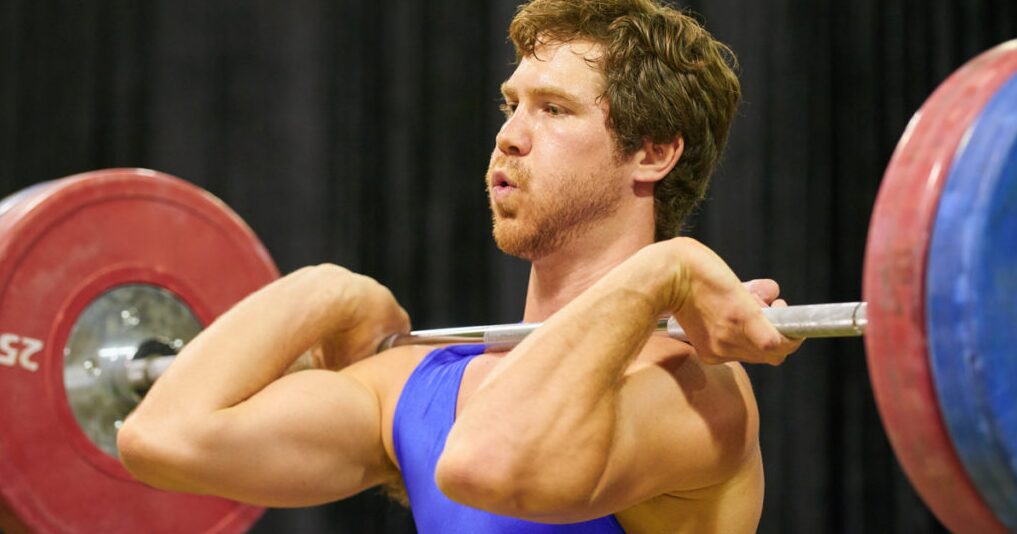
Learn the Basics: Inhale on Eccentric, Exhale on Concentric
Although many new lifters overlook breathing patterns, mastering the fundamental breath cycle forms the cornerstone of effective weightlifting technique. This breathing pattern actually feels pretty natural once you get the hang of it. Breathe in as you lower the weight (that’s the eccentric part), and breathe out as you push or pull it back up (the concentric phase).
It helps create internal pressure that keeps your spine stable while you move. For example, when you’re dropping into a squat, take a deep breath in through your nose, filling your lungs and bracing your core. Then, as you power back up, exhale with control through slightly pursed lips.
Same idea with the bench press. Breathe in as the bar comes down to your chest, and exhale as you press it back up. Stick to this pattern through your sets, and you’ll feel more stable, avoid getting lightheaded, and get more power out of every rep.
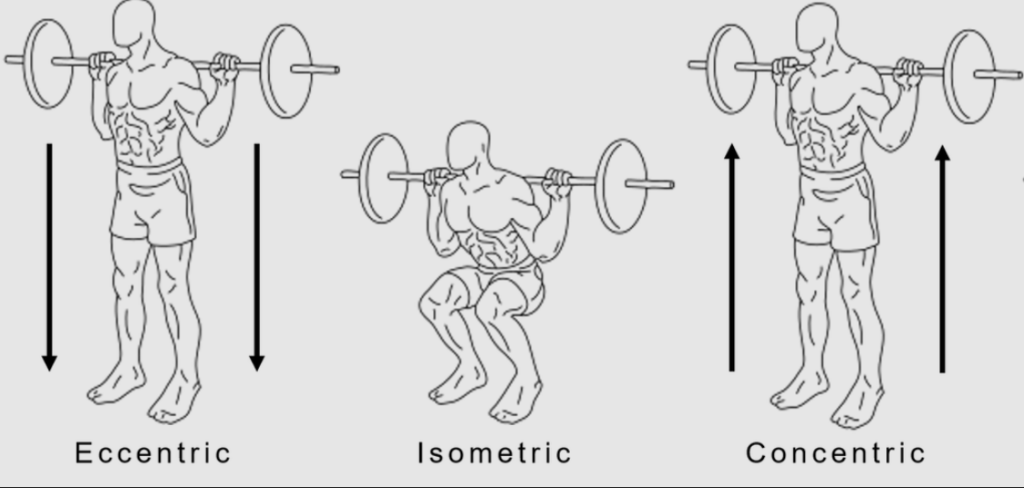
When and How to Use the Valsalva Maneuver
For maximum strength during heavy lifts, the Valsalva maneuver serves as a powerful technique that advanced lifters deliberately employ. This breathing strategy involves taking a deep breath before initiating your lift, holding it while forcefully bracing your core, and exhaling only after completing the most challenging portion of the movement.
You’ll benefit most from this technique during compound movements like deadlifts, squats, and heavy presses. To perform it correctly, inhale deeply into your diaphragm (not your chest), lock in your breath while maintaining core engagement, and create 360-degree pressure throughout your midsection. It creates a natural “weight belt” effect that stabilizes your spine.
Don’t hold your breath for more than a few seconds, as this can spike blood pressure. Release your breath gradually once you’ve passed the sticking point.
Core Engagement and Bracing Techniques
The foundation of effective lifting begins with proper core engagement, far more than simply “sucking in” your stomach. Instead, think of creating 360-degree tension throughout your midsection, protecting your spine like a natural weight belt.
When bracing, breathe deeply into your diaphragm rather than your chest. You’ll feel your belly expand against your lifting belt if you’re wearing one. This diaphragmatic breathing maximizes intra-abdominal pressure and core stability.
Perfect your bracing technique by maintaining tension while still breathing effectively. Imagine someone’s about to punch your stomach. That natural response is proper bracing. Don’t collapse your ribcage or chest when engaging your core; instead, maintain a neutral spine position while creating maximum tension around your midsection.
Adjusting Breathing for Different Lifts
Not every lifting situation calls for the same breathing style. When you’re grinding through high-rep sets, you don’t want to reset between reps completely. Instead, take shorter, controlled breaths that keep your core tight the whole time. It keeps you stable under the weight and helps you push through the set without burning out too fast.
For explosive motions like power cleans or push presses, time your breath to assist in the explosive phase. Inhale during setup and exhale during power generation. This breathing technique channels maximum force where you need it most.
When doing isometric or static holds such as planks, maintain a steady, rhythmic breathing to maintain effort without losing position. Breathe slowly during these extended contractions, as it may raise blood pressure unnecessarily.
Adjusting breathing for different lifts isn’t one-size-fits-all. Match your breathing technique to the specific demands of each exercise.
Avoid Common Breathing Mistakes
While mastering proper breathing techniques can enhance your lifting performance, many lifters fall into habits that compromise both safety and results. One of the most dangerous common breathing mistakes is holding your breath for extended periods, which can cause dizziness, fainting, or dangerous blood pressure spikes.
Don’t fall into the habit of shallow chest breathing when you lift. It throws off your whole foundation. Without proper core engagement, you’re not just losing stability, you’re risking injury when the weight gets heavy. Instead, focus on deep belly breaths, or the diaphragmatic breathing that locks in your core like a brace.
And slow it down. Rushing through reps without syncing your breath to the movement phase? That’s a fast track to poor performance. Breathing isn’t just about in and out. It’s about when you do it. Nail the timing, and you’ll generate more power, move more efficiently, and stay tighter from start to finish.
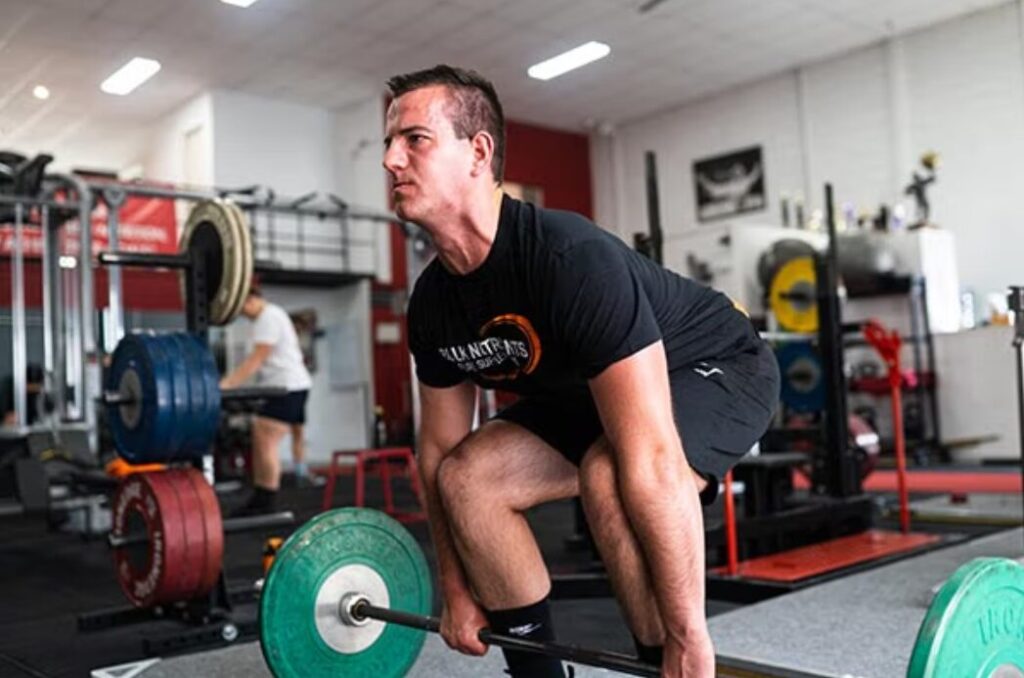
Frequently Asked Questions
How Long Should It Take to Develop Proper Breathing Habits?
You’ll develop proper breathing habits in 2-4 weeks with consistent practice. Focus on deliberate breathing during each workout. Your body will gradually adapt, making these techniques second nature with regular reinforcement.
Is Breathing Differently Necessary for People With Asthma?
If you have asthma, adapt your lifting breathing techniques. Work with your doctor to develop safe patterns, use your inhaler beforehand, and consider slower, more controlled breaths during exercises.
Should Breathing Techniques Change as You Age?
Yes, your breathing techniques should adapt as you age. You’ll need more controlled breaths, shorter breath-holding periods, and gentler exhalations to accommodate decreased lung capacity and reduced cardiovascular efficiency when lifting weights.
Can Breathing Affect Muscle Hypertrophy and Growth?
Yes, your breathing affects muscle growth. Proper breathing increases oxygen delivery to muscles, enhances workout capacity, and helps maintain proper form.
How Does Altitude Training Impact Breathing During Weightlifting?
At high altitudes, you’ll have less oxygen available, making breathing during lifts more challenging. You’ll need to adjust your breathing patterns and may experience reduced performance until your body adapts to the thinner air.
